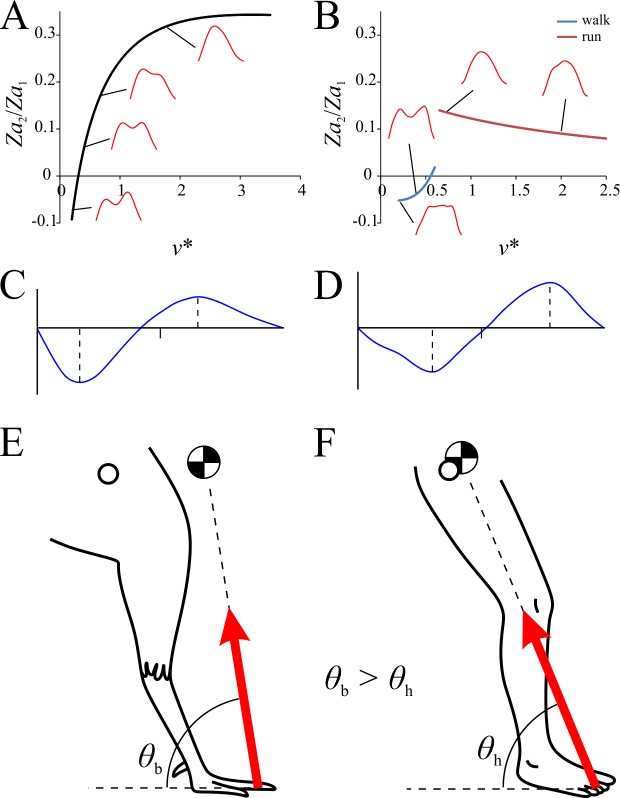Fig 16. Asymmetry in the force-time profiles of the different components of the GRF.
(A, B) Differences in Fz force-time profile asymmetry between birds (A) and humans (B), as quantified by the ratio of Fourier coefficients Za2/Za1. (C, D) The force-time profile of Fx exhibits different gross shapes in birds (C) and humans (D). In birds, t(Fx = 0), t(Fx,peak+) and t(Fx,peak–) all occur earlier in the stance compared to humans. (E, F) The differences in asymmetry of the Fx force-time profile are probably due to differences in the location of the COM (black and white disk) relative to the hips (hollow circle). As the GRF vector tracks the COM, at temporally equivalent points in the stance the GRF vector will be more anteriorly inclined in birds (E) than humans (F). Note that the asymmetry results for a portion of the bird data investigated in this study have previously been reported [64]. However, these results were presented in a preliminary fashion, in raw format, not as the derived predictive relationships presented here.

